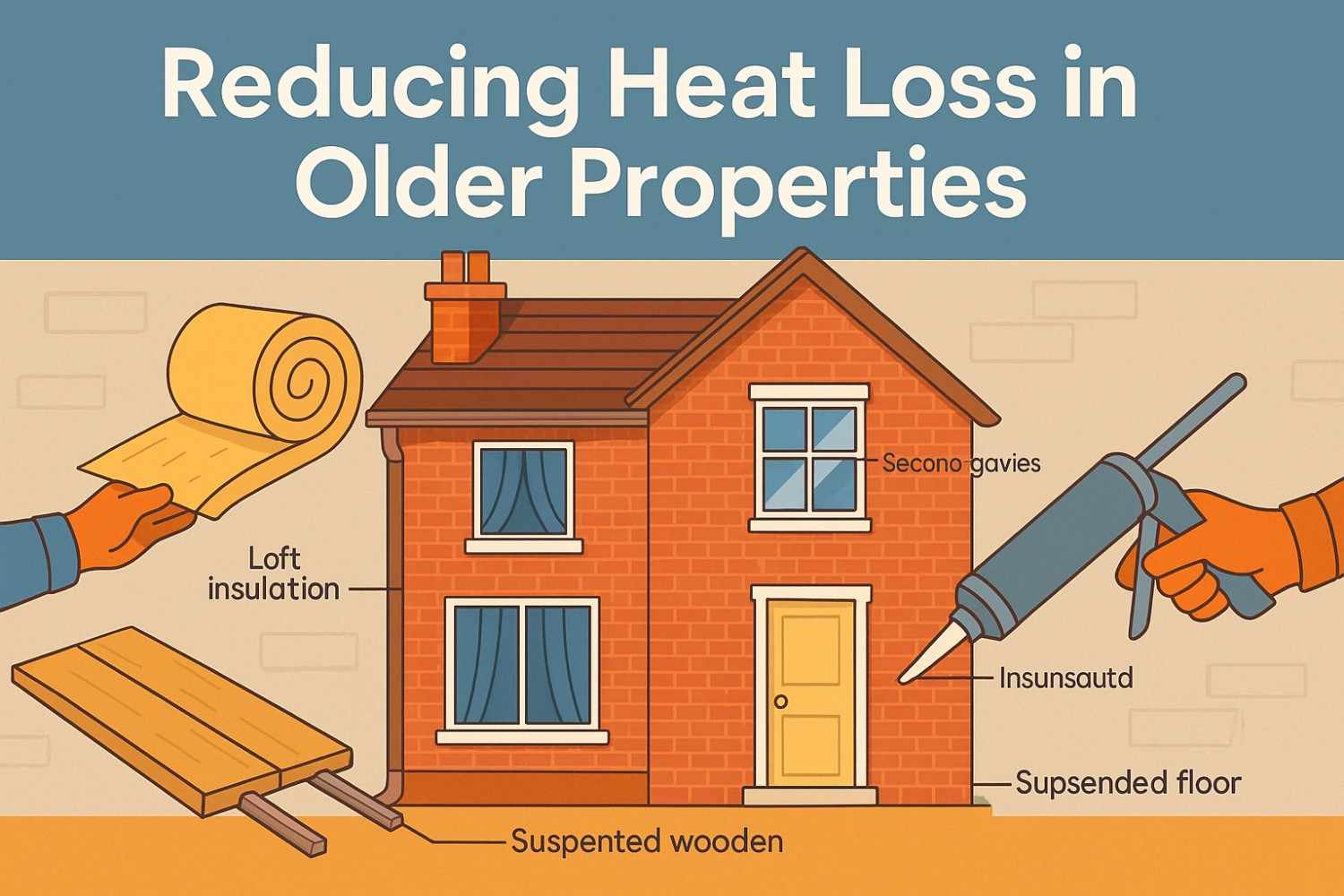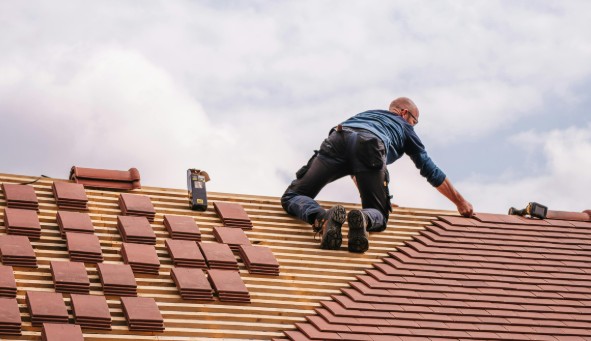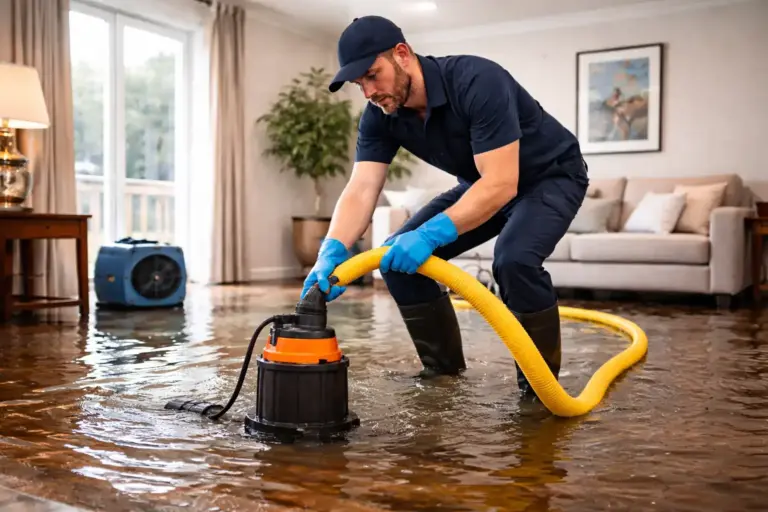Older homes have character, charm, and often a hefty heating bill. If you live in a period property, you’ve probably noticed cold drafts, chilly floors, and rooms that never quite warm up. The culprit? Heat loss.
Historic buildings weren’t designed with modern energy efficiency in mind. Single-pane windows, uninsulated walls, and gaps around doors all contribute to warmth escaping. But the good news is that you can tackle these issues without compromising your home’s original features. With the right approach, you’ll stay warmer, reduce energy costs, and make your property more comfortable year-round.
Why Older Properties Lose Heat
Period homes lose heat in several key areas:
Windows: Single-glazed windows are beautiful but inefficient. They let heat escape quickly, especially on windy days.
Walls: Many older properties have solid walls with no cavity. This means there’s nothing to prevent heat from transferring straight through to the outside.
Floors: Suspended wooden floors often have gaps that allow cold air to seep in from below.
Roofs: Without adequate loft insulation, warm air rises and escapes through the roof.
Doors and Frames: Old doors rarely fit their frames perfectly, creating drafts around the edges.
Understanding where your home loses heat is the first step toward fixing it.
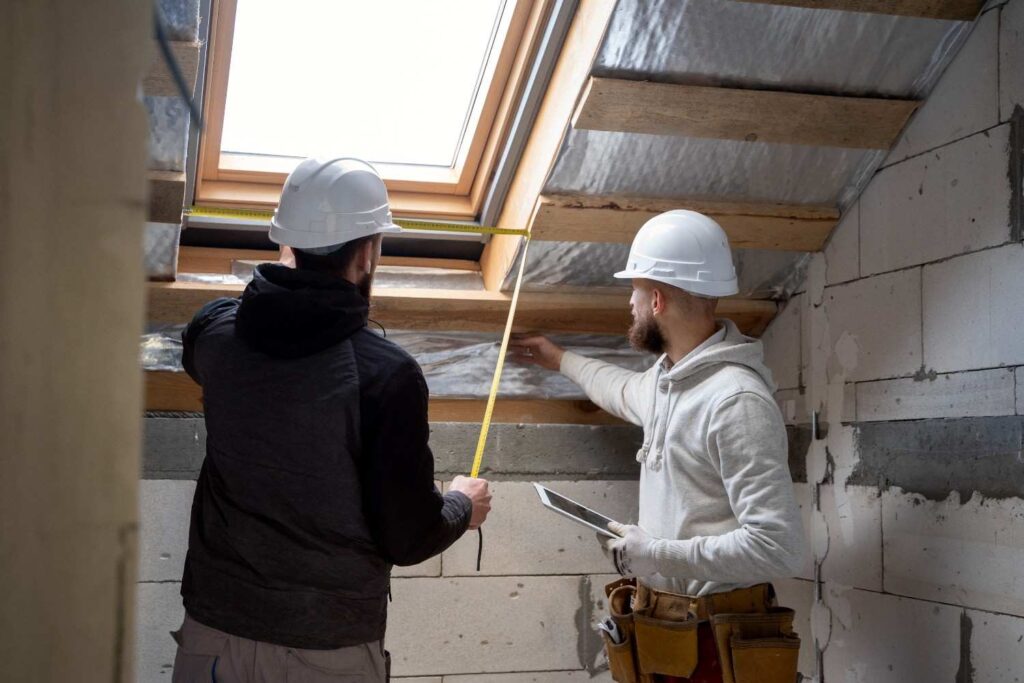
Insulate Your Loft
One of the most effective ways to prevent heat loss is by insulating your loft. Heat naturally rises, so without proper insulation, you’re essentially heating the sky. Adding or topping up loft insulation is relatively simple and offers excellent returns on investment.
Aim for at least 270mm of insulation if you’re starting from scratch. If you already have some insulation, check its depth and top it up if needed. Loft insulation can reduce heat loss by up to 25%, making a noticeable difference to your energy bills.
Upgrade Your Windows
Replacing original windows isn’t always an option, especially in listed buildings. Fortunately, there are alternatives. Secondary glazing involves fitting a second pane of glass inside the existing window frame. It improves insulation without altering the exterior appearance.
Heavy curtains or thermal blinds also help. Close them at dusk to trap warmth inside. Even these small changes can reduce heat loss significantly.
If replacement is possible, consider double or triple glazing. Modern options can mimic traditional styles while offering far better thermal performance.
Address Solid Walls
Solid wall insulation is more complex than loft or cavity wall insulation, but it’s worth considering if your heating costs are high. You have two main options: internal or external insulation.
Internal insulation involves adding insulating material to the inside of your walls. It’s less disruptive to the exterior but reduces room size slightly. External insulation wraps your home in an insulating layer, then covers it with render or cladding. This option preserves interior space but changes the building’s appearance.
Both methods require professional installation. If you’re exploring home insulation services in West Haven, make sure you choose specialists experienced with older properties who understand planning regulations and conservation requirements.
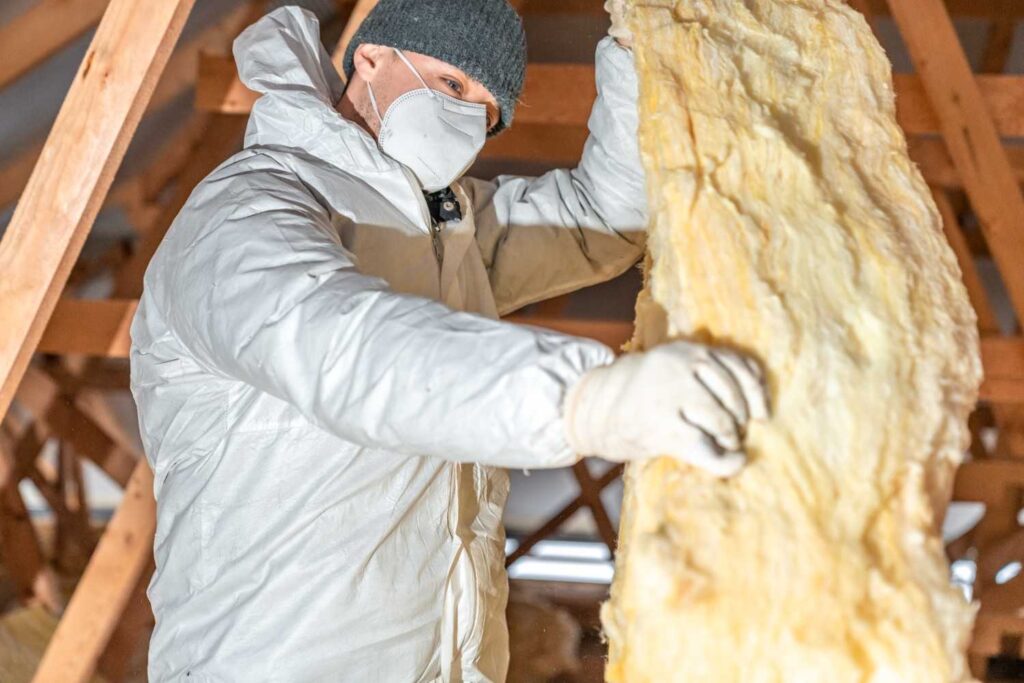
Seal Gaps and Drafts
Drafts are one of the easiest problems to fix, yet they’re often overlooked. Check around doors, windows, skirting boards, and floorboards for gaps. Use draft excluders on doors, apply weather stripping around window frames, and fill gaps in floorboards with sealant or wood filler.
Don’t forget your chimney. If you’re not using your fireplace, consider fitting a chimney balloon or cap to prevent warm air from escaping up the flue.
Insulate Floors
Cold floors can make a room feel uncomfortable, even when the heating is on. If you have suspended wooden floors, consider lifting the floorboards and adding insulation underneath. Rigid foam boards or mineral wool work well for this purpose.
If lifting floorboards isn’t practical, thick rugs and underlay can provide some insulation and make the space feel cozier.
Upgrade Your Heating System
An outdated boiler works harder and uses more fuel to heat your home. Modern condensing boilers are far more efficient, converting more energy into usable heat. Pairing a new boiler with smart thermostats and radiator valves gives you better control over your heating, reducing waste and cost.
Bleeding radiators regularly also helps. Trapped air prevents them from heating properly, forcing your boiler to work longer.
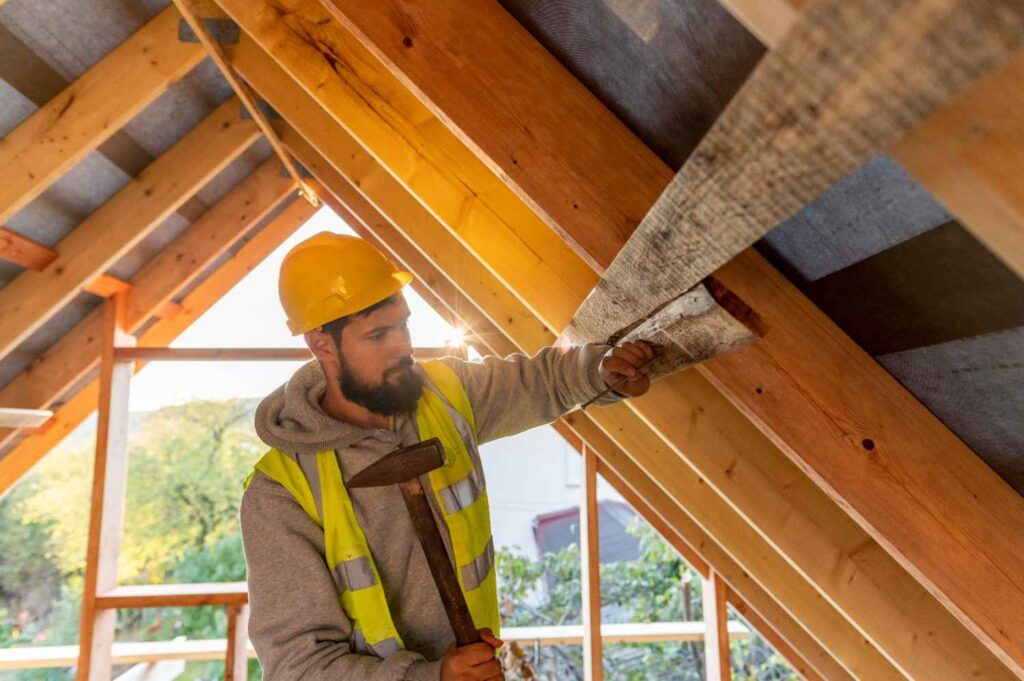
Consider Professional Help
While some improvements are straightforward DIY jobs, others require expertise. Professional assessments can identify problem areas you might miss. Thermal imaging surveys, for example, reveal exactly where heat escapes, allowing you to prioritize upgrades.
If you’re considering major work like solid wall insulation or window replacement, seek out specialists familiar with period properties. Local providers offering home insulation services in West Haven can guide you through the process and ensure compliance with any conservation rules.
Make Your Home Warmer and More Efficient
Reducing heat loss in an older property doesn’t mean sacrificing its character. With thoughtful upgrades, you can enjoy a warmer home, lower energy bills, and a smaller carbon footprint. Start with the simplest fixes—draft-proofing and loft insulation—then move on to bigger projects as your budget allows.
Every improvement brings you closer to a more comfortable, energy-efficient home. And the best part? You’ll still have all the charm and history that made you fall in love with your property in the first place.

